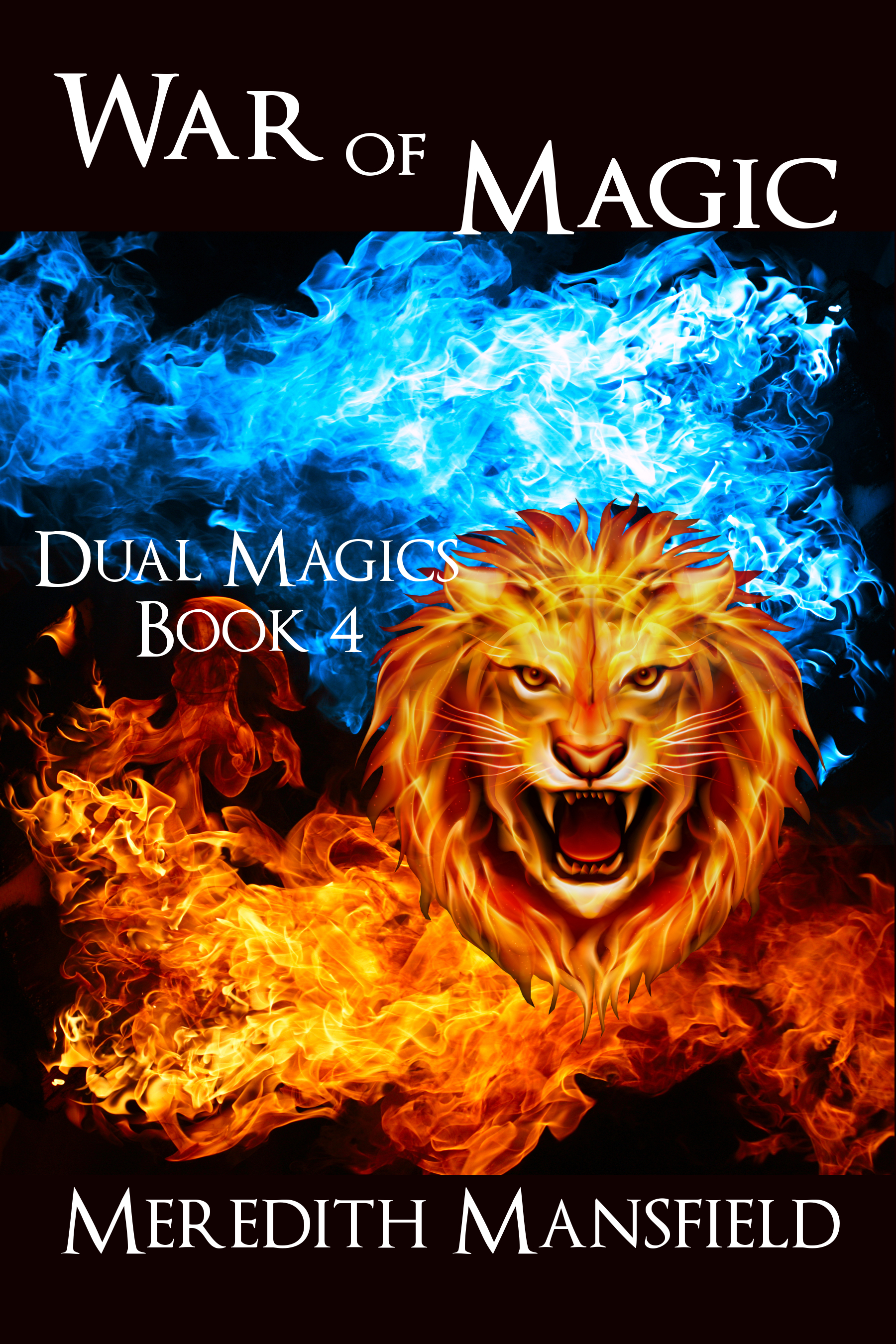I actually don’t know the answer to this. But I do know that ideas come to me when I’m writing. I can stare at a wall all day. I can try to think up a new idea. Nothing. I can’t force the ideas out of hiding that way. But start writing and here they come, like birds flocking to a newly-filled bird feeder.
Sometimes it’s when I’m actually at the keyboard. Sometimes it’s when I’m doing something else–walking the dogs, weeding the yard, driving. Just before I fall asleep is a big one. But ideas will generally only come to me during those times if I’m actively writing at some point during the day.
There isn’t necessarily a pattern to what ideas come to me, either. Most often, it’s something about the story I’m actually working on, but sometimes it’s an idea for another story that I’ve already written or an idea for a totally new story.
I think there’s a slightly higher occurrence of ideas–especially new ideas–when I’m doing original writing, as in a first draft or significant new writing in a second draft. Something about the creative juices flowing, I suppose. But revisions seem to trigger ideas, too.
Last night, before I fell asleep, I had three ideas–all at once. Two were for BLOOD WILL TELL, which I’m currently revising. Little details that can make the story more powerful. The other was a plot development for MAGE STORM. I think I’m almost ready to start on the rewrite of the first 50 pages or so of MAGE STORM. At least the ideas I need are starting to flow. More will come, probably when I actually start to work on it.
I guess the moral of this story is: Don’t stop writing and keep a notebook handy.







